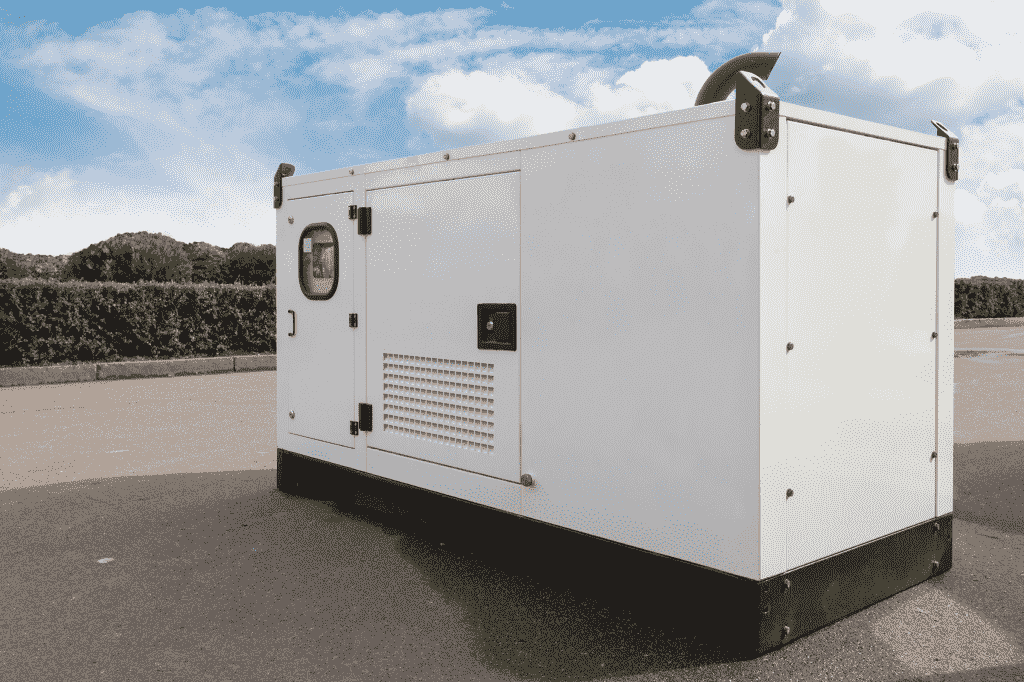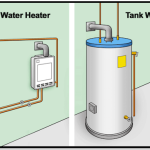Generators for business use make sound economic sense if the power outages are a frequent occurrence, or if such outages are likely to cause hardships like in continuous process industries. Genset sizing requires to cater to all equipment that is essential for the business.
Any generator that you purchase should be able to handle all the power requirements that you need for essential operations, whether in a home or in a business. Determining genset sizing requires a number of factors to be taken into consideration. Under-sizing can not only put a stress on the genset itself, but can also result in damage to critical electrical equipment that is made to run on it.
Determining Genset Size
To ensure that your genset is of the correct size you have to make a detailed assessment of the electrical load that you require to operate on this genset. One of the first things to be done is to make a list of all the items that you do need to run in case of a power outage or blackout. For this you must make sure that the equipment you are listing are required for your operations or comfort and that they are something that you just cannot do without. It is always possible to list all the electrical items that you have, and though providing power for all of them is not an impossible task, it can prove to be very harsh on the pocket, as genset sizes may turn out to be quite large.
Businesses will consider the running of computers, lights, production related equipment, and some ventilation systems as an essential part of the business, while homes may only be concerned with lighting, refrigeration of perishables, and some ventilation. Other equipment in buildings that is normally considered vital are items like lifts, water pumps, and security and alarm systems. The frequency or possibilities of outages must be correctly estimated when deciding on genset sizes. Occurrences like hurricanes or lightning storms may be some of the reasons why gensets are required, but the occurrences may be rare, and it therefore makes sense to decide on essential equipment only if you are sure you will require it, as emergency situations may make normal working impossible due to other factors.

Estimating the Required Load
Once this is done, you then need to assess the electrical requirement of each piece of equipment. Most electrical equipment including lamps requires a larger current when they are being started, while this reduces when the equipment is running. So both starting and running wattages have to be worked out. Most equipment will have this listed on the equipment tabs or can be found from the literature accompanying the equipment.

Go back to the equipment manufacturer if you are unable to source the information yourself. Some power requirements are given in amperes and need to be converted to wattage. You can access power calculators over the internet. It is also possible to measure wattage through clamp on meters that are easily available.
Image source: Flickr: kylemac
This then allows you to calculate the total power requirements in KVA or KW. This is the figure that you finally need for sourcing of the genset. A correctly sized genset will ensure that the capacity is never overloaded and thus will be less chance of a shutdown. Performance can be guaranteed, and there will be no damage to other assets or equipment running on the generator.
Other Considerations
There are a number of other things that need to be considered before you install and buy a genset of the size that you have determined. A prime consideration has to be the reliability of the genset and its engine, as this now becomes a very essential piece of emergency equipment. It is best to look at well-known manufacturers as their experience in the field can stand you in good stead. Also ensure that the company has the proper service facilities and technical backup that you may need both before and after the installation.
Consider the noise factor, as some gensets can be quite distracting. Most of the better makers of gensets have however addressed this problem adequately with noise suppressors and proper insulation. Make sure that the genset chosen has the required space in the premises you want to electrify. Proper ventilation is also a must, so closed areas are rarely the correct places to install gensets.
Isolate all the circuits that you want to run on the genset. This ensures that no unnecessary loads come on the genset and only those considered at the time of sizing are included in the final connections. Decide on whether you require an automatic transfer switch as this can add to the cost. Without such a switch, you may need to have persons who can operate the genset and switch it off when main utility power is restored. Arrange for sufficient fuel supplies and places to store them. Run the genset and test it with all the designated equipment powered up.


